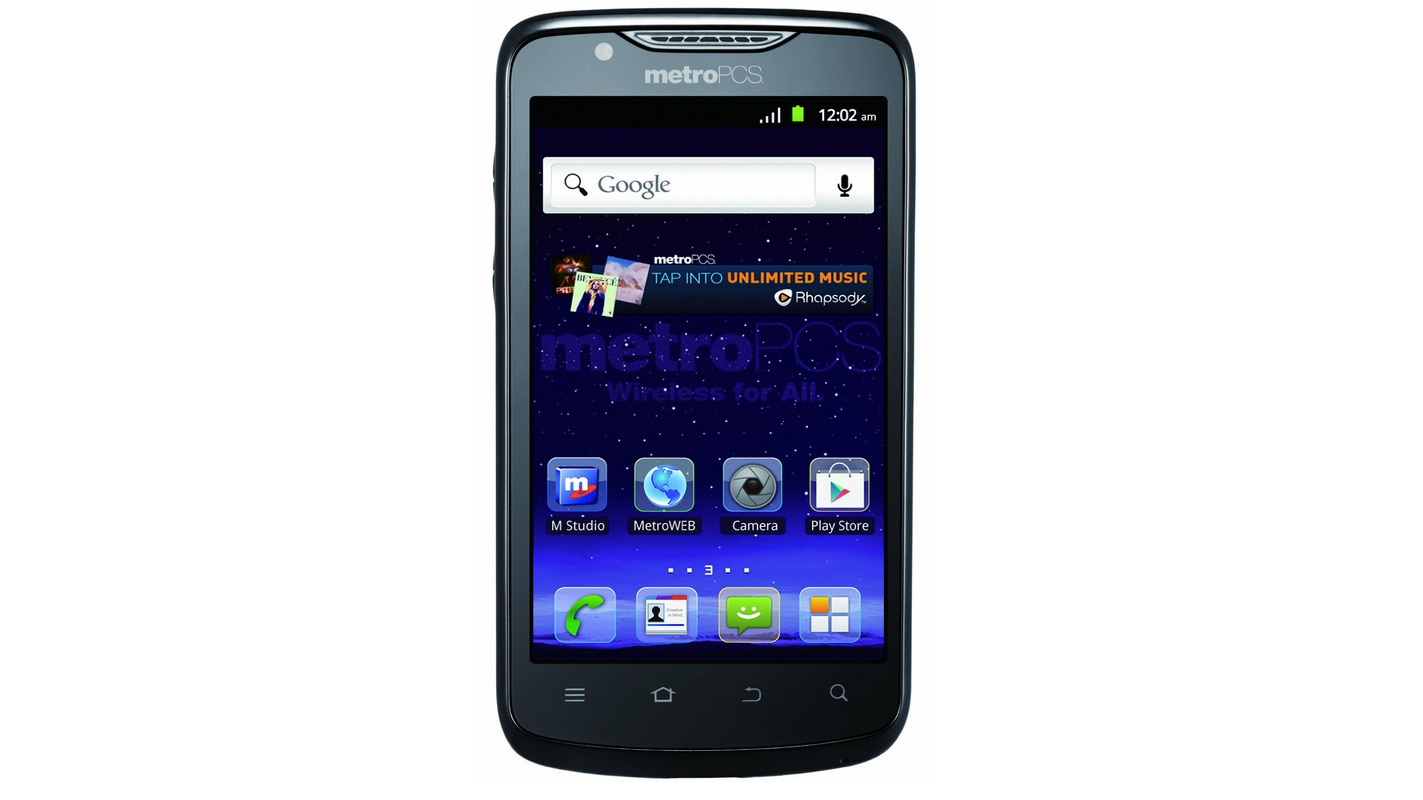TechRadar Verdict
Pros
- +
Great call quality
- +
Includes Kung Fu Panda 2 on a microSD card
Cons
- -
Feels like a brick
- -
Very outdated software
- -
Pricey
Why you can trust TechRadar
Sometimes the tech world manages to take several steps back, while attempting to take one step forward. Case in point is the ZTE Anthem 4G, which is ZTE's first 4G LTE offering. It might be built for the latest in network speeds, but the design is something of a throwback, and not in a stylish, retro kind of way.
With a build we'd describe as "overly solid" and Android 2.3: Gingerbread running on the inside, is it worth accepting a dated device in exchange for a low monthly rate from Metro PCS? Then there's the question of the phone's initial asking price, which, like the ZTE Anthem 4G itself, is surprisingly weighty.
Design
The first thing you'll notice when picking up the ZTE Anthem 4G is the heft. It's a solid brick of a device with some thickness to it, with weight and size connote "old" rather than "techy" in this age of light, wafer thin devices. While it is thick, the back casing has a rubberized, gripped texture and a unique swivel pattern.
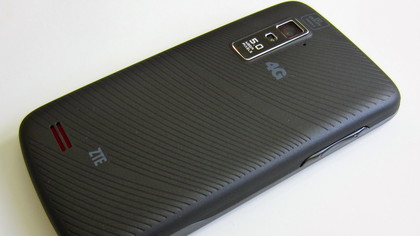
The front is fairly standard with a 4.3-inch 800 x 480 pixel screen taking up most of the front of the device, along with your standard four touch buttons at the bottom of the screen.
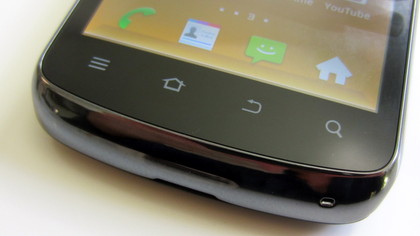
The bezel is a chromed plastic trim, with a volume rocker and a micro HDMI connecter on the left side, with a power button and mini USB port on the right. There's only a headphone port on top, with a microphone pinhole and thumbnail slot to pop off the back cover at the bottom.
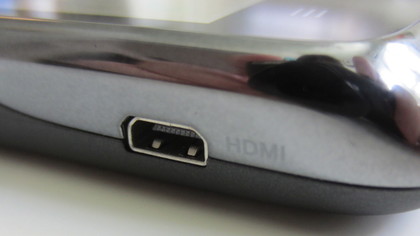
The back cover itself is textured plastic, with a notch for the 5-megapixel camera and LED flash and a small, embedded speaker opening. Underneath that cover you'll find a large 1780 mAh removable battery, and a Kung Fu Panda 2 4 GB micro SD card, preloaded with the feature film. But the frills stop there with a power charger rounding out the bill and no included headphones.
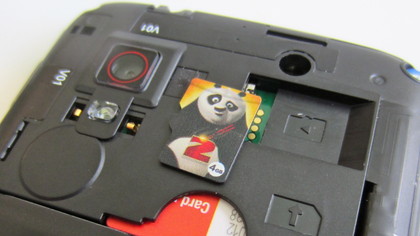
Interface
While the outside is fairly nondescript, things really get weird once you power the phone on and begin to actually use it. For starters, ZTE has introduced its first 4G LTE phone by running the older and underperforming Android 2.3: Gingerbread system software.
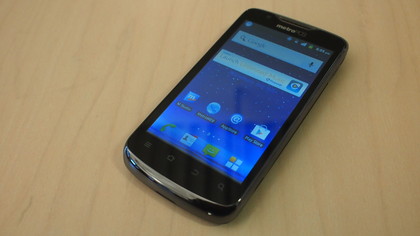
While Gingerbread is still the most widely used Android OS right now, it has been showing its age since it was introduced in December 2010, and the second most current Android 4.1: Ice Cream Sandwich feels a lot peppier and offers more options. You would assume that when you're launching what should be one of your fastest, multimedia phones, you would want to do so with some updated software. But, that's not the case here.
